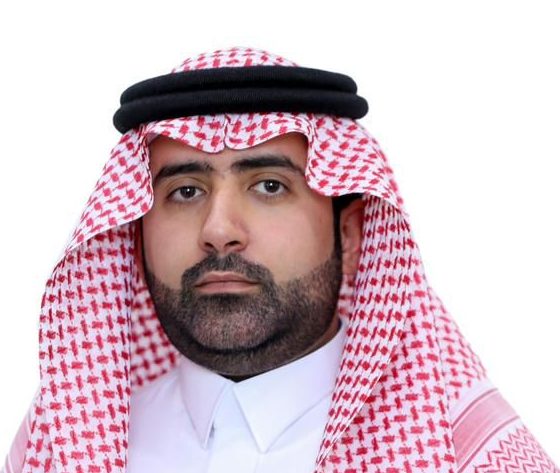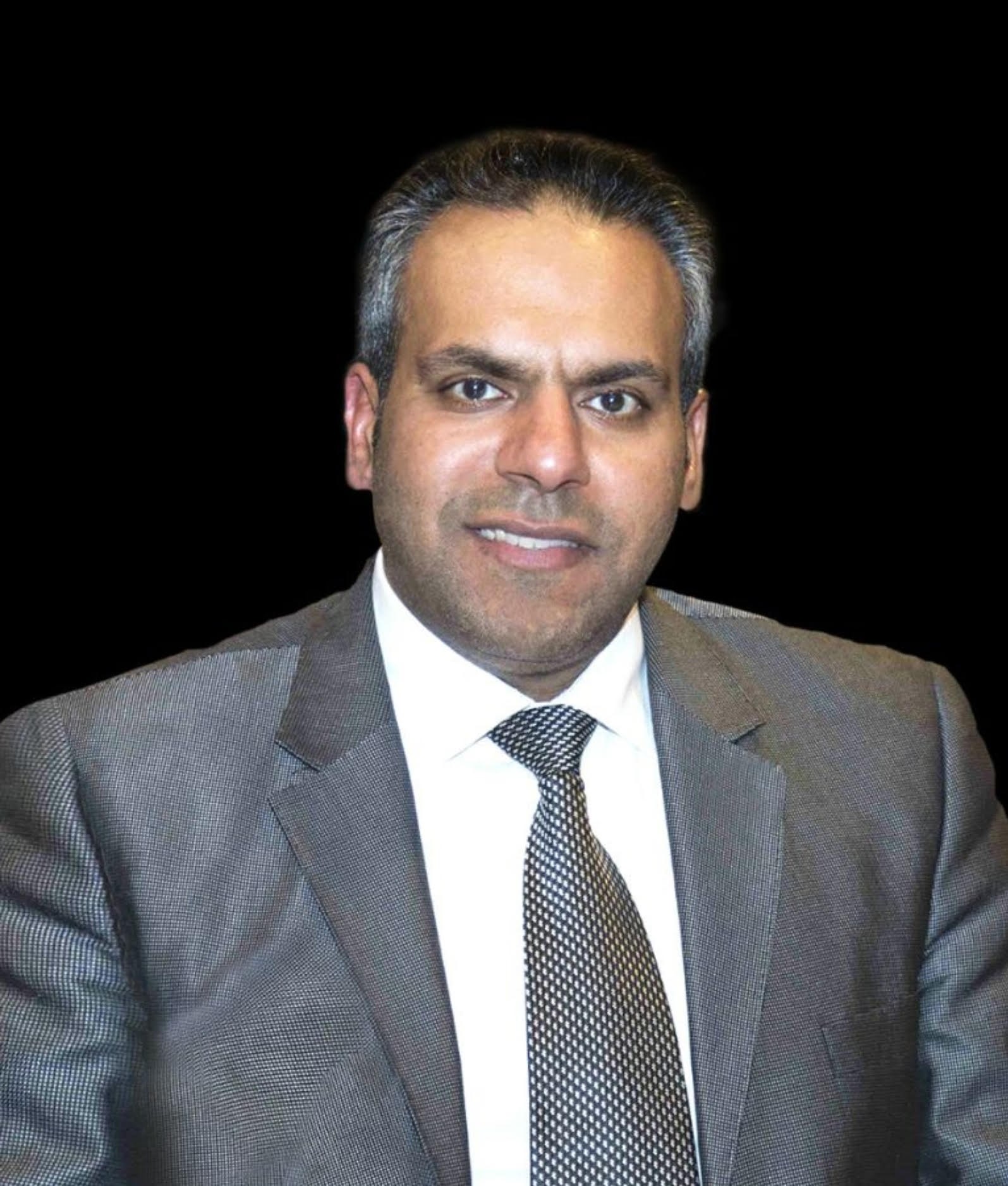© 2020 All rights reserved to Maaal Newspaper
Publisher: Maaal International Media Company
License: 465734
Ushering in sustainable fish farming, converting sunlight into desert-based marine products
Red Sea Dev. Begins Sunlight-powered Seafood Experiment Production
The Red Sea Development Company has started implementing sustainable solutions, based on the latest technologies for fish farming, through intense concentration of carbon dioxide, in an experiment that is the first of its kind, in the Middle East, where the technology would allow the company to produce seafood, from sunlight in the depth of the desert environment.

Such a project would enhance the company’s approach, that supports the biodiversity of the oceans, as it came in response to the increasing demand from tourists, to provide sustainable sources of food, while spending their holidays wherever they are, as the Red Sea Development Company is constantly researching to harness the latest technical and innovative solutions, in this field.
“We will work with the international company Blue Planet Ecosystems (BPE) to replace carbon sequestration, in our main destination, in addition to our future projects on the Red Sea coast, which will achieve our ultimate goal of achieving 100% carbon neutrality, he pointed out.
Aquaculture device will operate automatically in wild environments (LARA), with the technology of recycling natural aquatic ecosystems, by directly converting carbon dioxide into chemical-free marine products, using phytoplankton and zooplankton as transitional stages, during the culture process, he explained.
Indicating that the device consists of three horizontal units: in the first unit, the solar energy is utilized to develop microalgae on which the aquaculture system in wild environments (LARA) depends, and then the algae are transferred into the second unit located below it, while the zooplankton feed on it, which in turn is transmitted into the unit bottom, as a suitable food for the farmed fish.
Related






